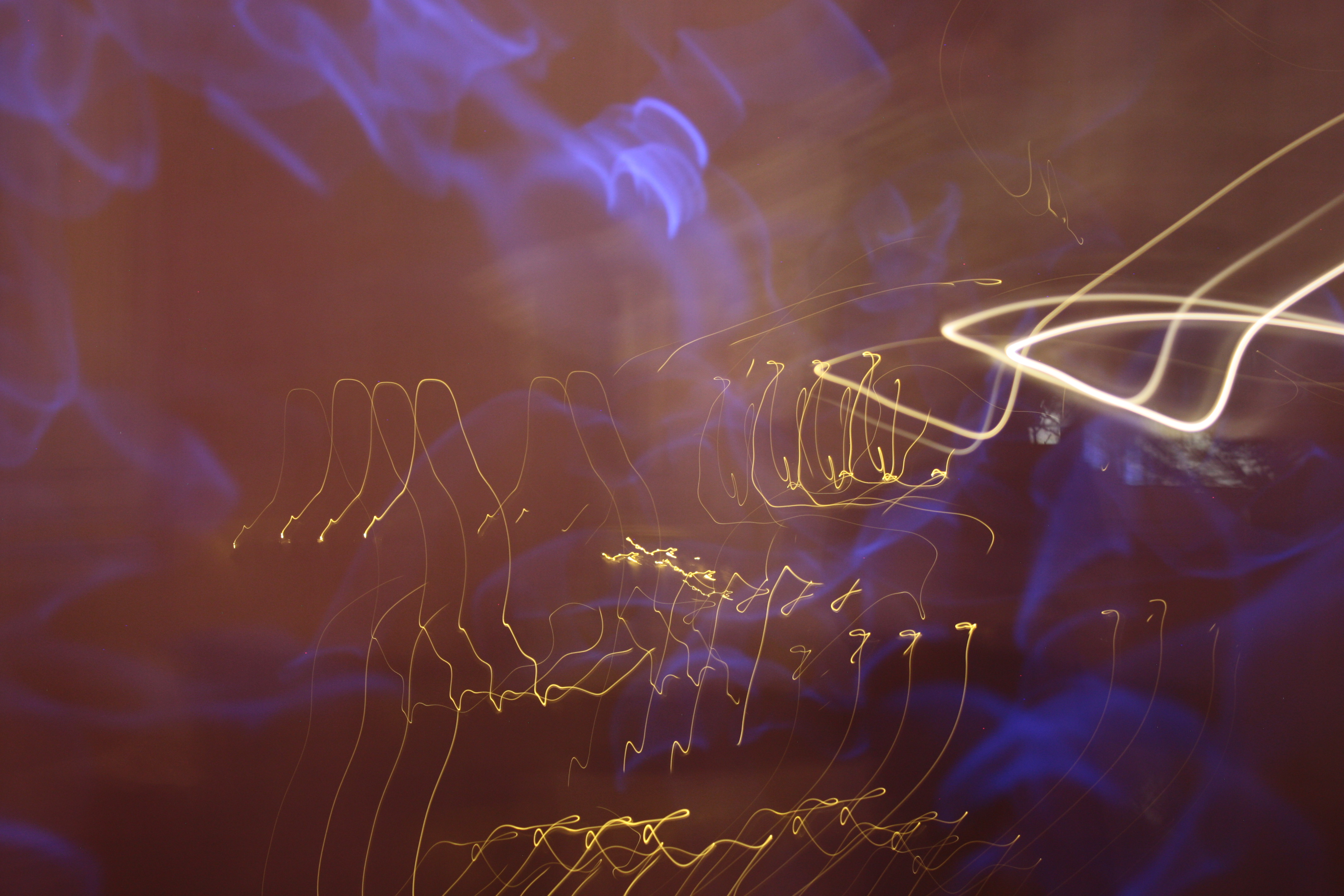

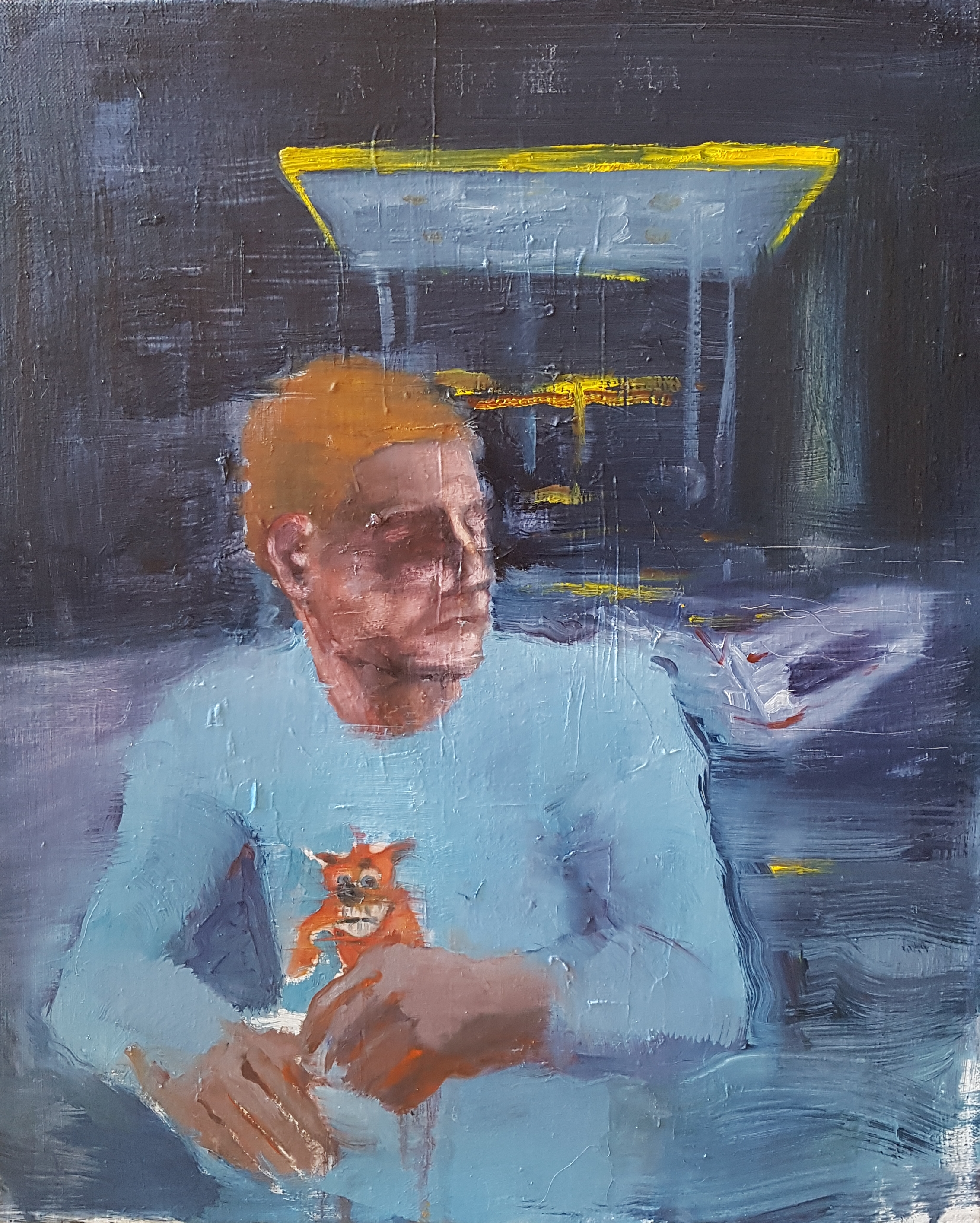
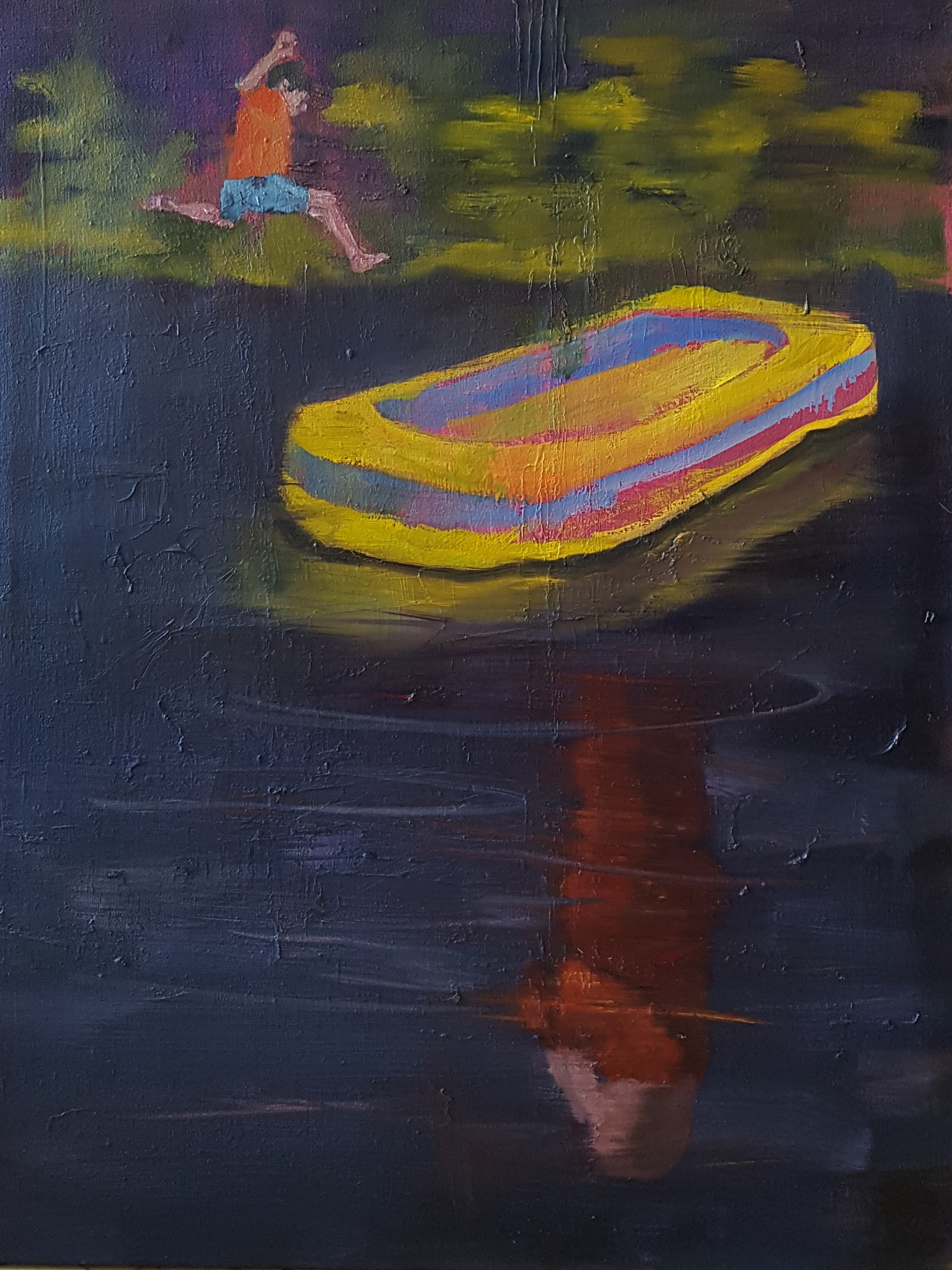
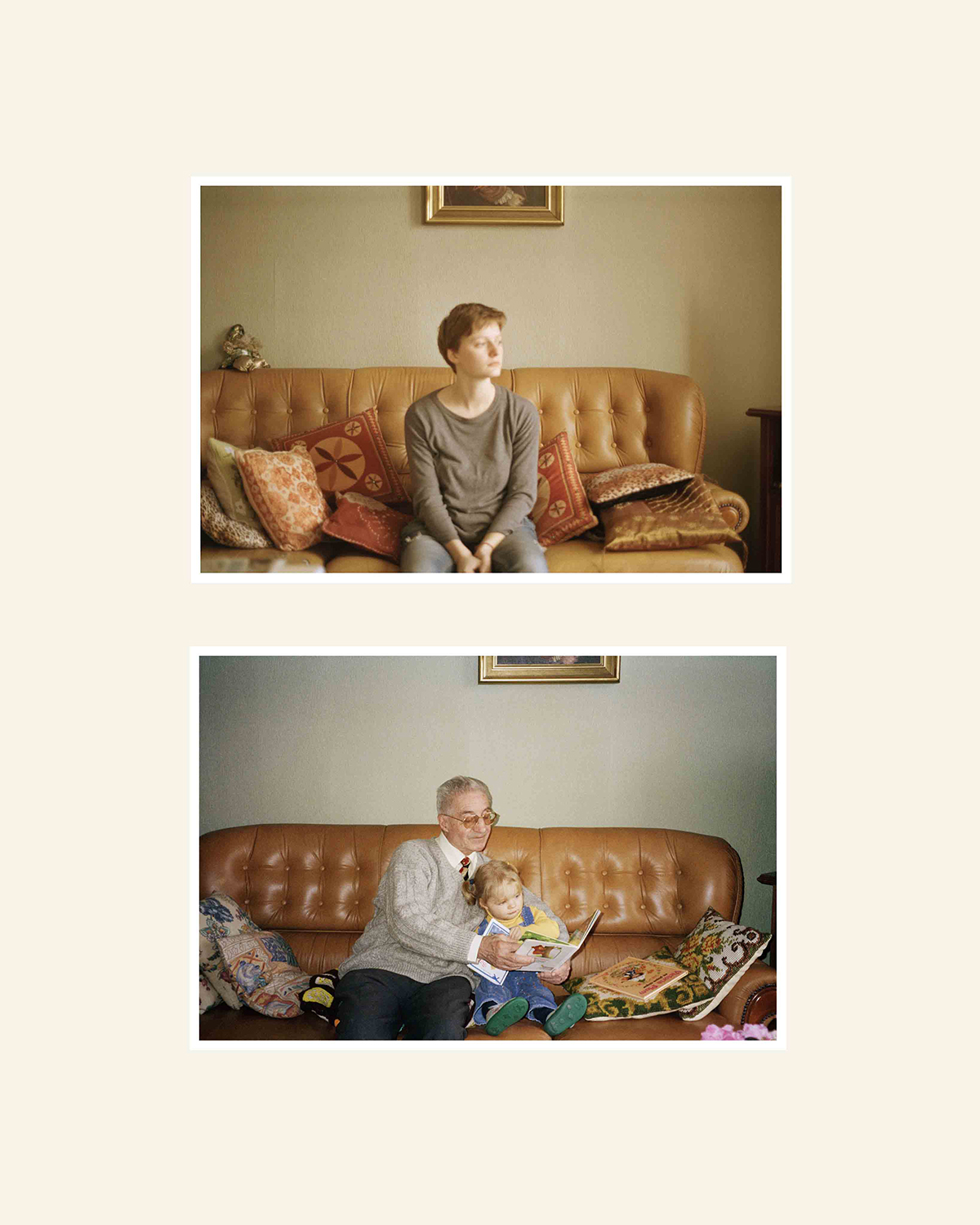
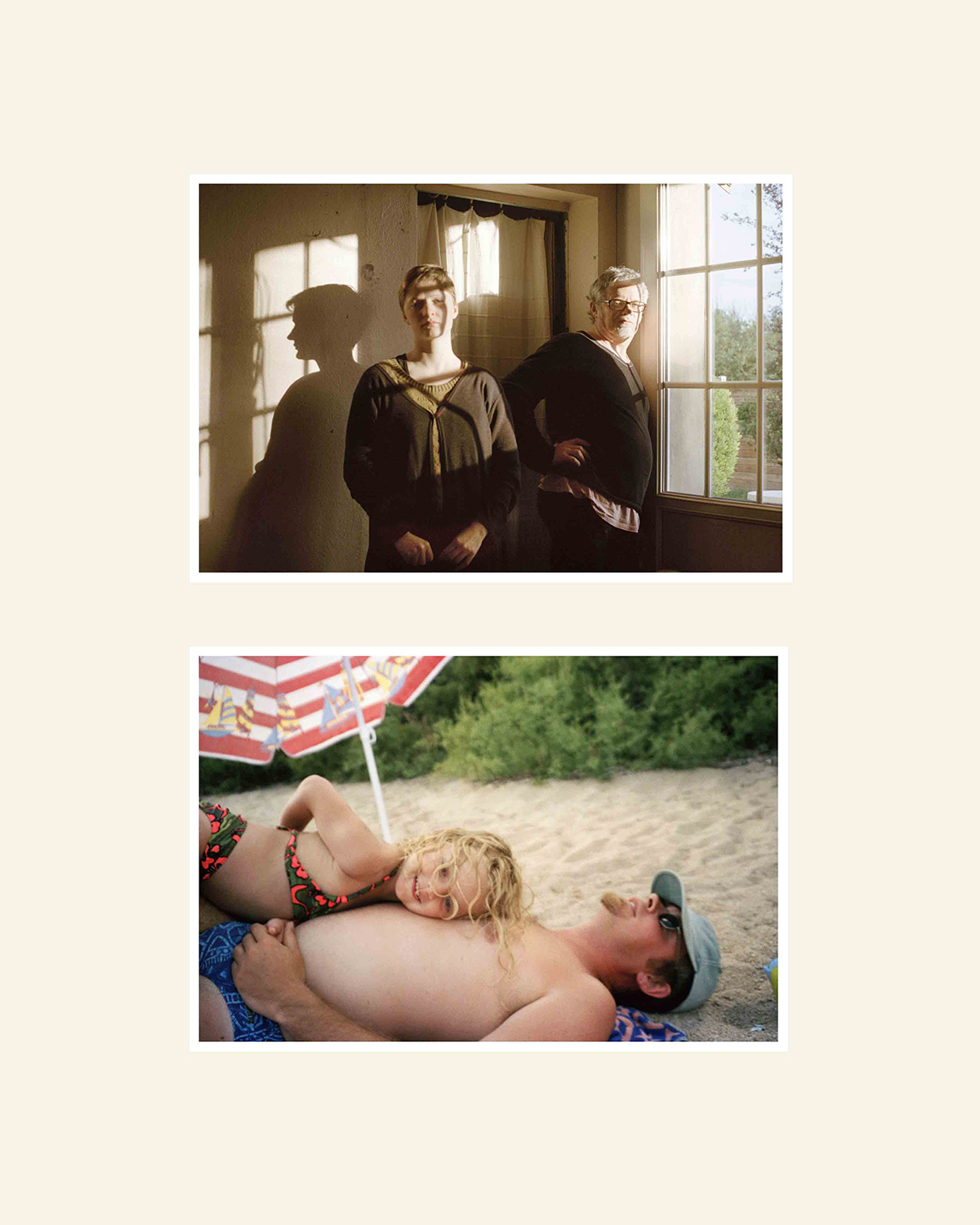
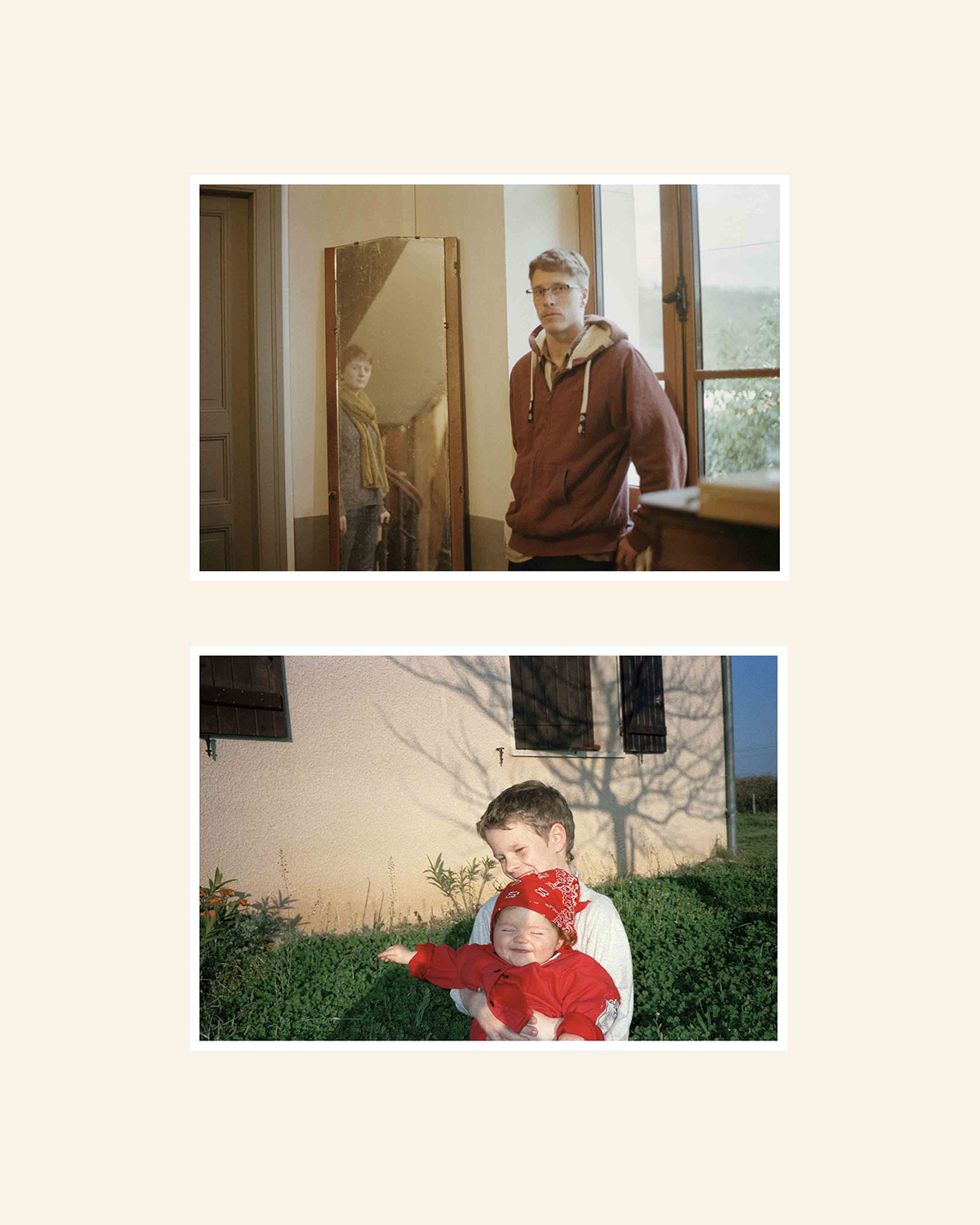
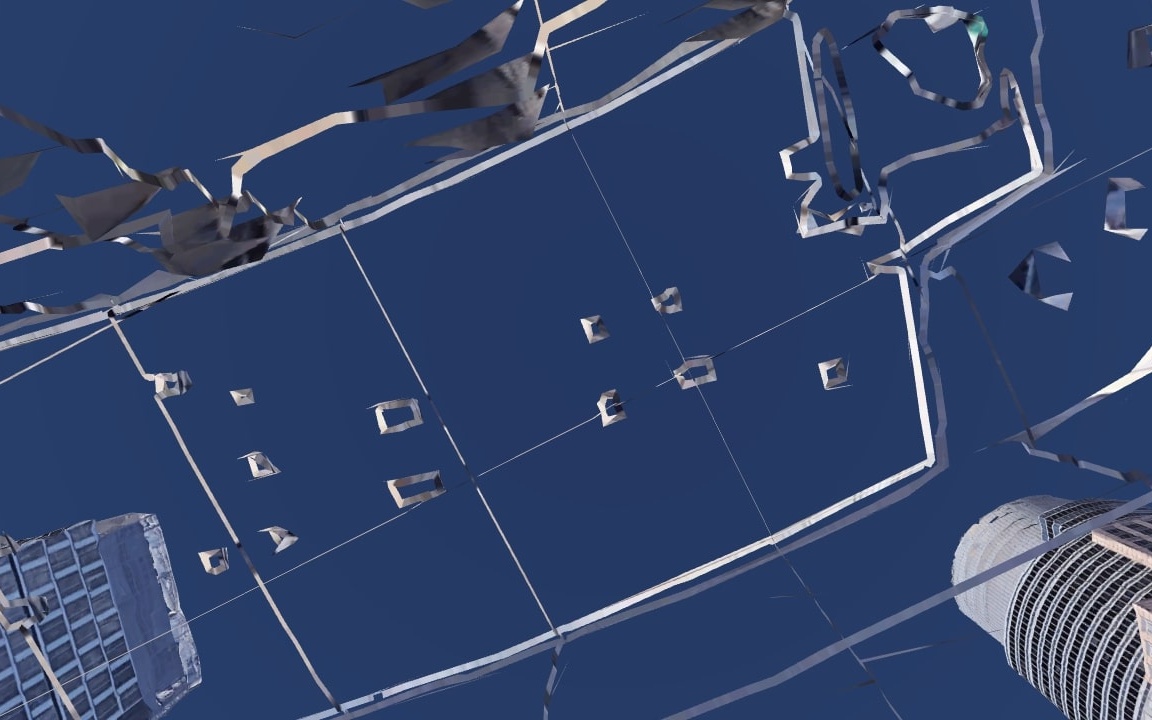
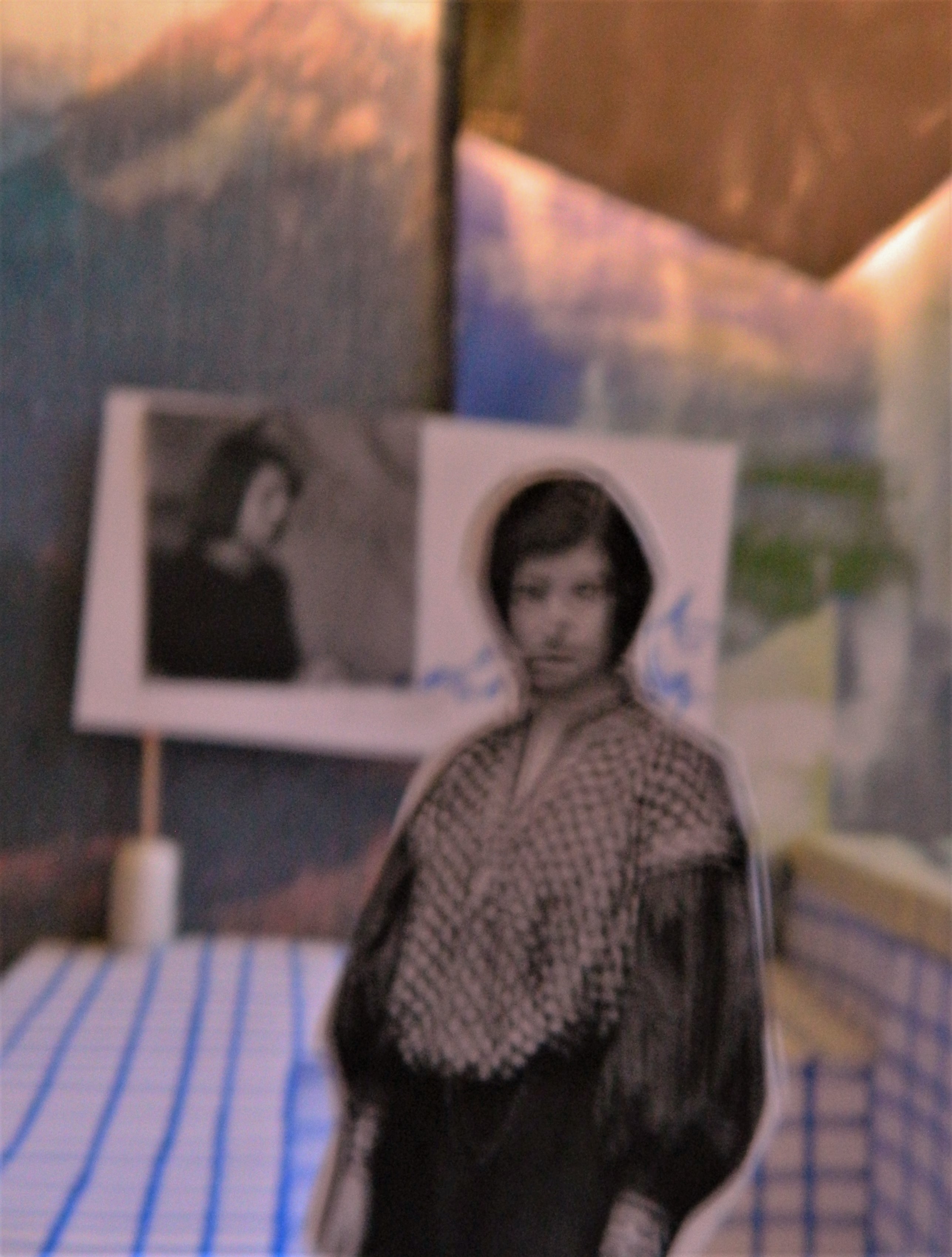
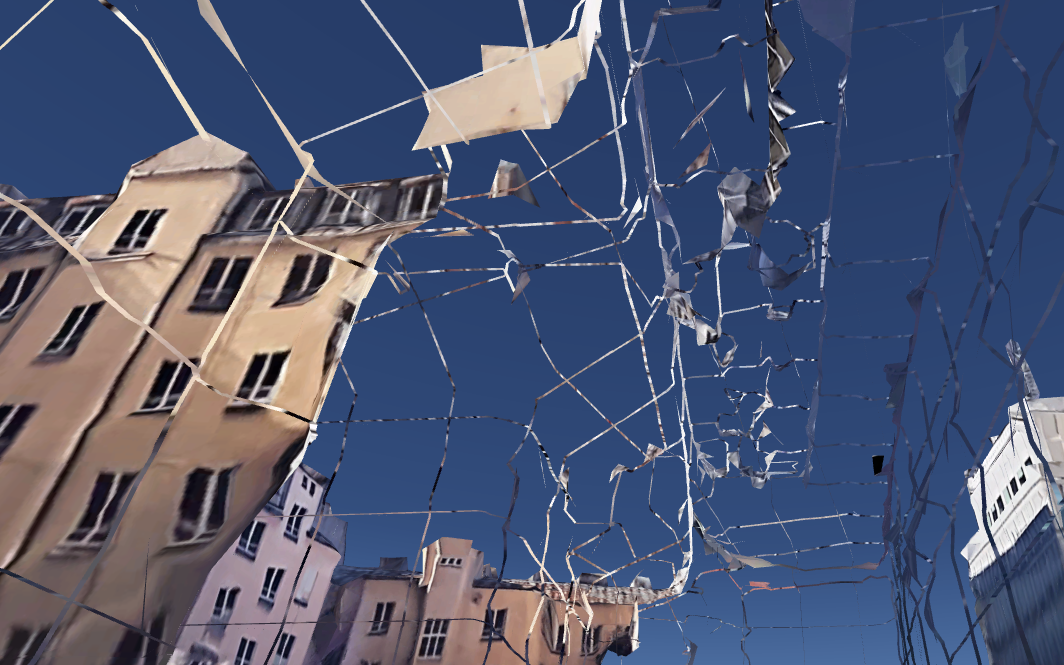
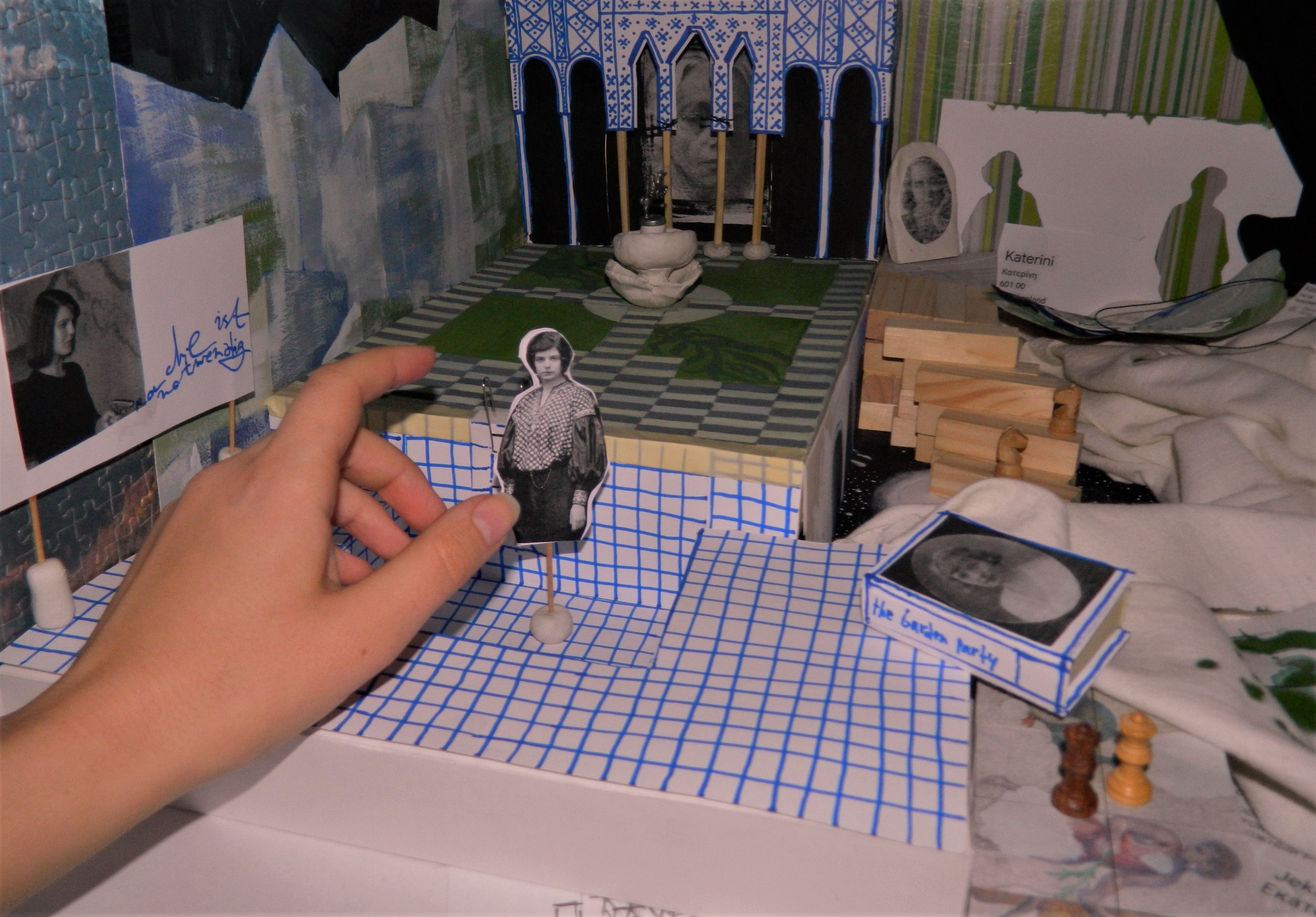
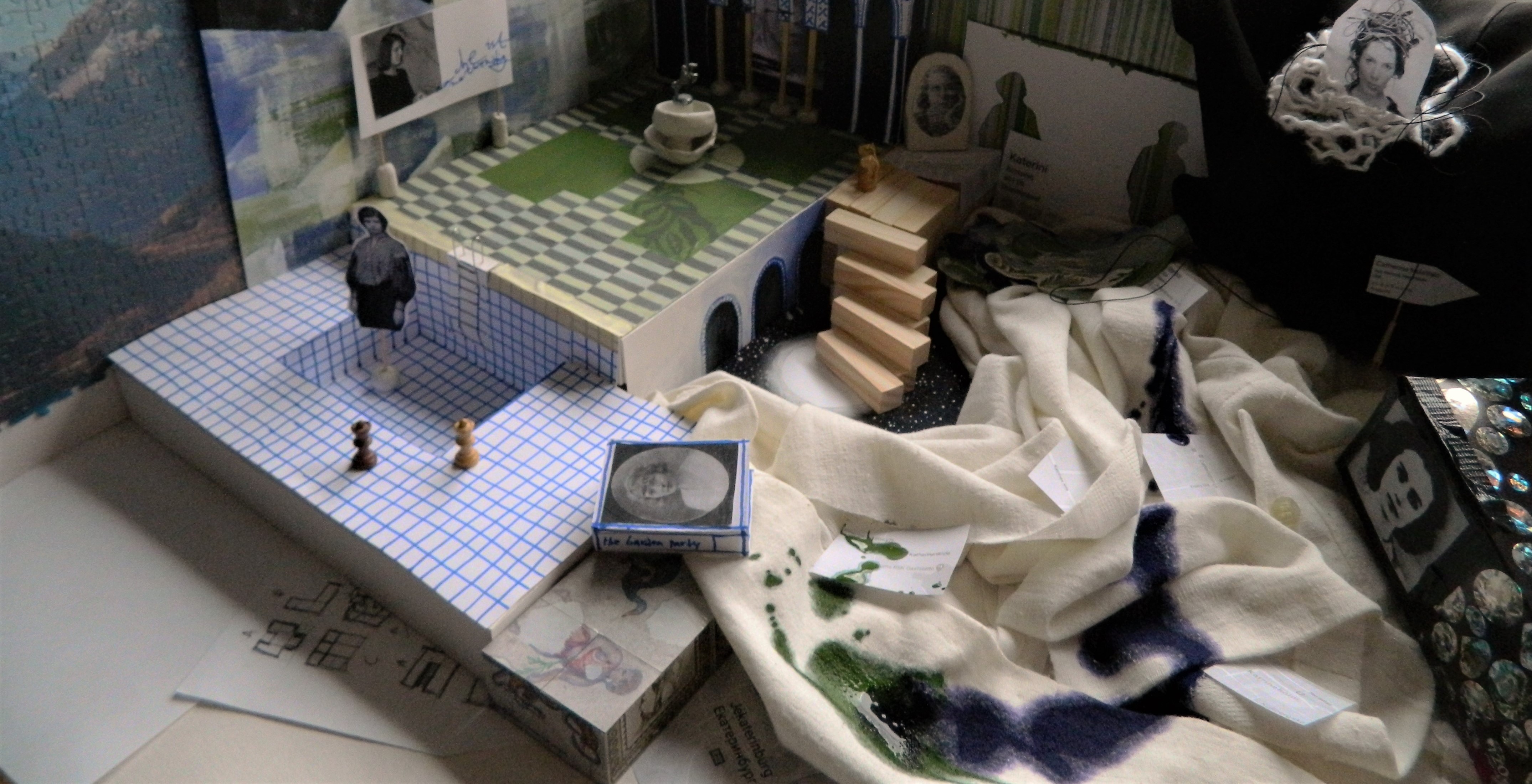
I can't remember childhood games...
In the beginning, there are photographs in sleeves, in large albums, in a multitude of cardboard boxes.
These boxes that we often like to keep, I never get tired of opening them. It might seem like an obsession. Going back in the past, making trips, going to search for a few hours...
But, in the end, what am I going to look for in these pieces of glossy paper? A trace? Proof that this family that’s now broken up is real, that it did exist?
I’m trying to distance myself. What is the relationship between the members of my family?
How do I look at these family photographs? What should I do with this material heritage that is as poor as it is precious to me?
With nostalgia, I revisit these images which are memories of childhood. I, in my turn, make a family album. Perhaps this is also a way of keeping track of those who have disappeared and those who tend to disappear. I use the photographic material to try to re-appropriate those images that are not mine and of which I no longer have any memory. Is it a real memory? Or is it only the reminiscence of this photograph?
Self-portraits, as a recurring figure, are there to question the relationship between past and present, to reweave links between people despite separations.
I am trying to re-appropriate my family images from popular culture in order to question the aesthetic codes and the illusion of reality that are inscribed in these photographs. I try to undo the stereotypes of happy and ritualized family photography by tending towards a certain banality of the image and family ties. It is also a way of putting into crisis the images of pop culture that cradled my childhood and adolescence.
7 namesakes of mine in search of their space within my consciousness
For me, self-analysis could be considered a logical consequence of being forced to spend a non-specified amount of time in isolation. In this particular case, the isle is presented through an installation made in mixed technique and employing various materials. It grew out of the interest towards "my" first name (while the possessive pronoun does not necessarily mean “possession” here), and consists of a solid, and, at the same time, vaguely flowing greenly-bluish landscape. The space given took the shape of an improvised city, or rather a "shared flat" inhabited by 7 personalities: living, dead and fictional, all of them bearing the same name, or its variation, as I. The model can be seen as an experimental, parabolic reference alluding to the eternal chase of that mighty little missing piece of an enormous jigsaw, which suggests both artist and the spectator playing the Eye of Providence, watching over the landscape of self-definition, a puzzle, never complete.
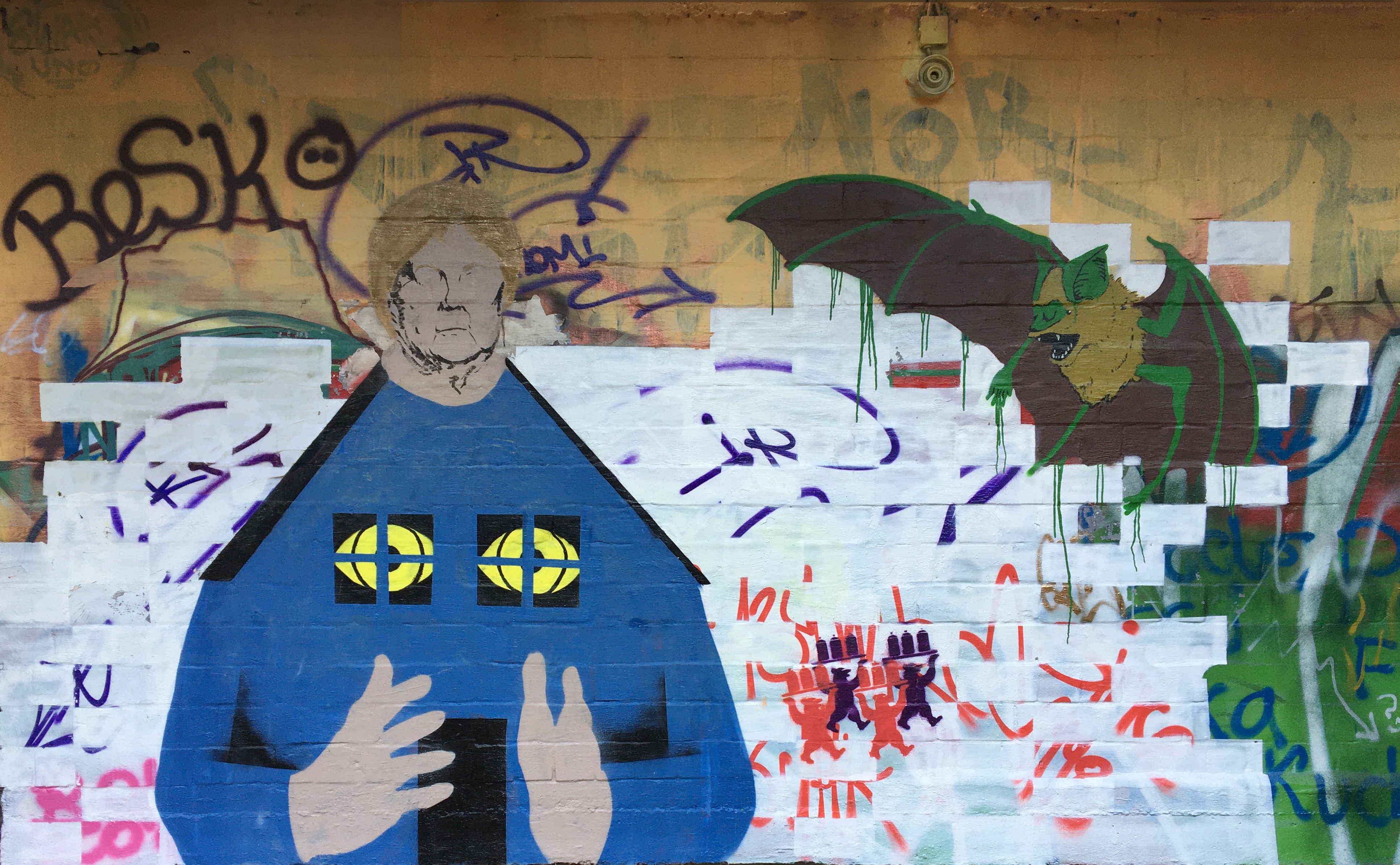
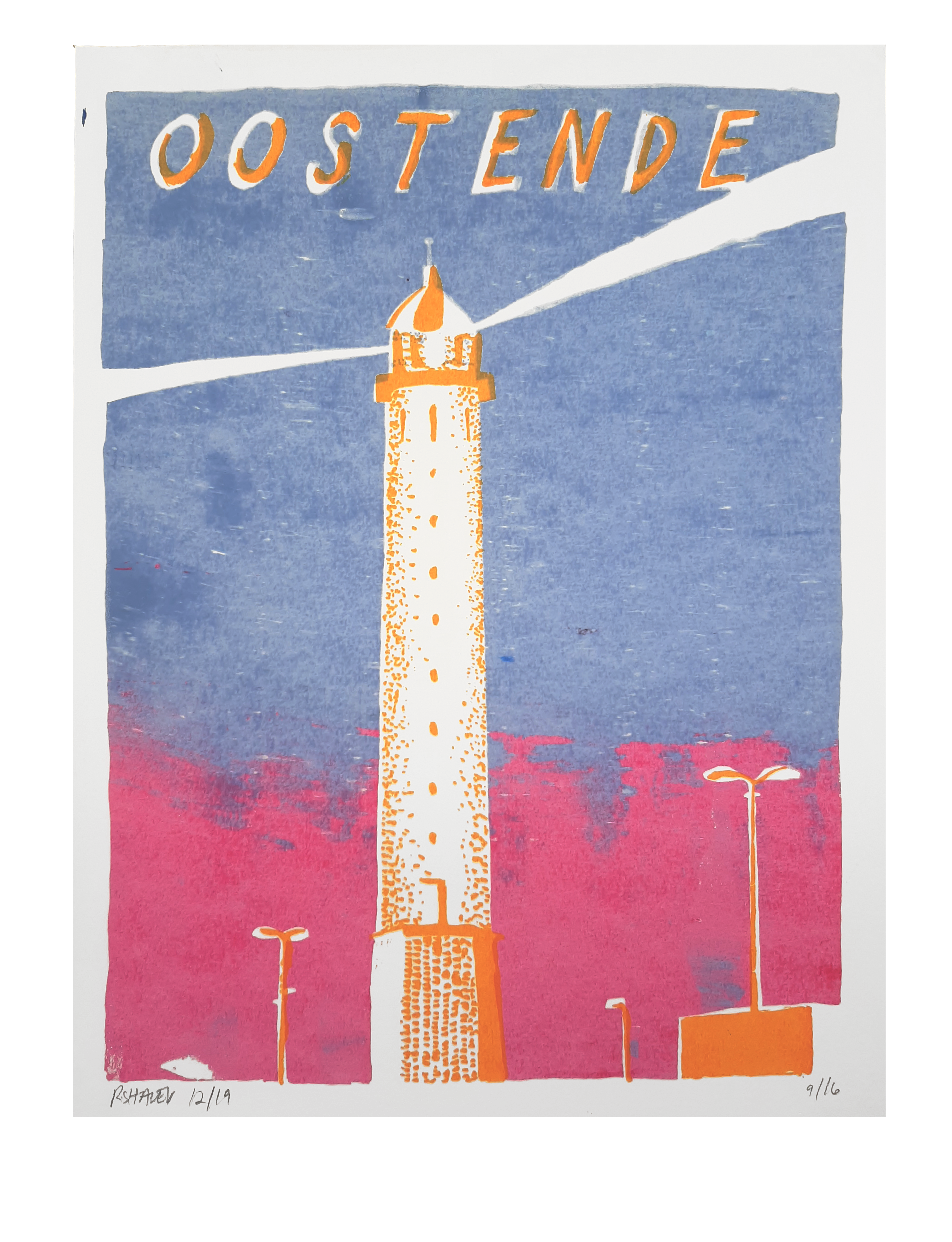
A1
A2
A3
A4
A5
A6
A7
A8
A9
A10